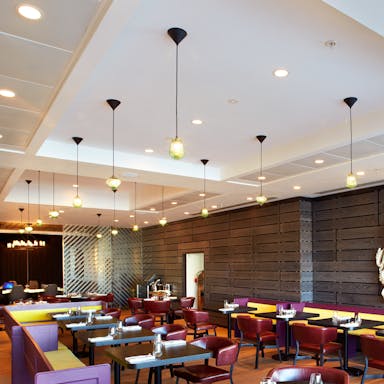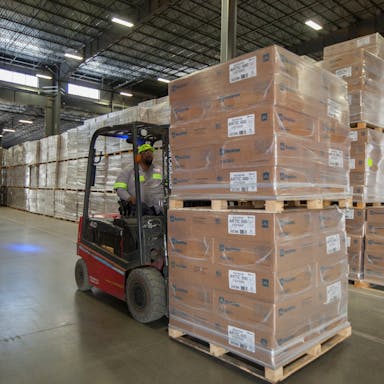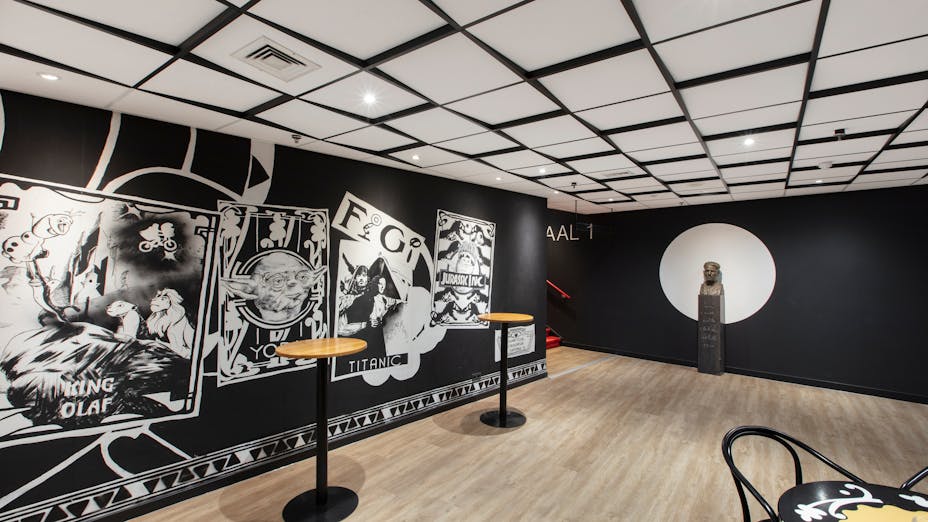From geometric patterns and intrinsic ornamentation to sleek and minimalistic design, each decade has had a distinct influence on interior design and visual aesthetics. Recycling, upcycling, big data – every new trend makes its foray into the world of architectural acoustics and construction techniques. What do you think will be the next evolution or revolution in interior design?
At Rockfon, we found out by interviewing Christian Klinge, Innovation Director. He has a design background and has been working with product development for many years. He looks after Rockfon’s product portfolio and is the go-to person to understand new trends and market needs.
Which design trends have been the most influential in the last decade?
The last decade represents a paradox. In the post-recession period, we see that people are inclined towards budget-friendly, efficient and easy-to-install products. On the other hand, design, functionality and user experience have received a lot of attention too, especially for ceilings & wall panels design. There has also been a lot of noise about digitalisation and smart solutions, but it’s only now that we see real transformation. Based on a more conscious approach, Scandi-cool with minimalistic design has been a prominent trend for beautiful spaces in the last few years.



